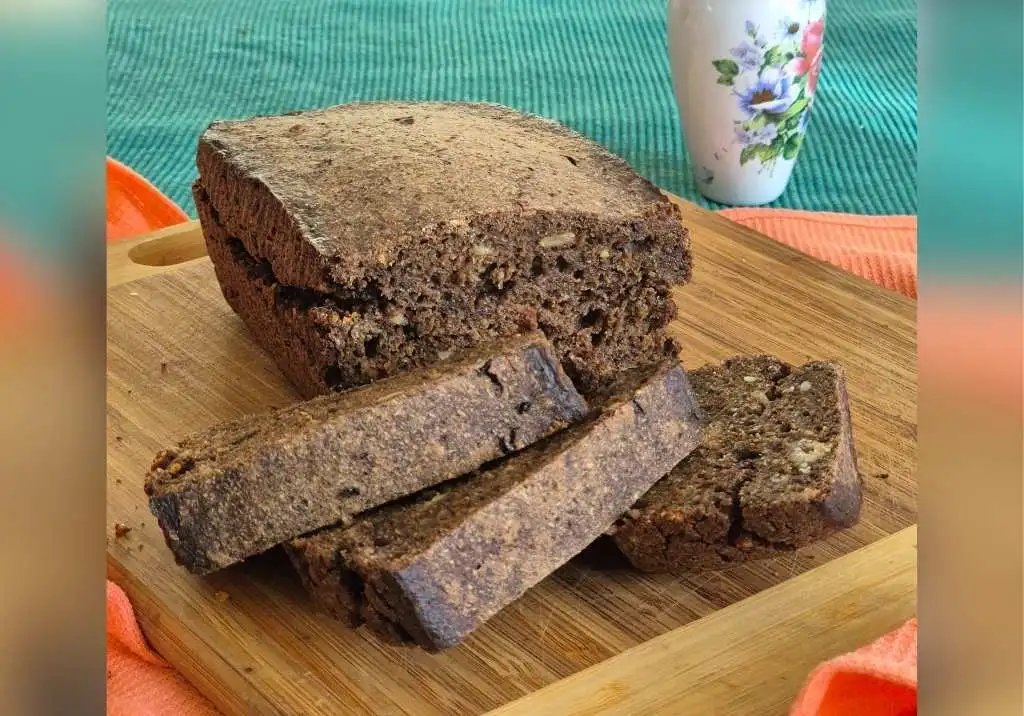Baking bread at home is not only a rewarding experience, but it also fills your kitchen with the irresistible aroma of fresh bread. Whether you’re a seasoned baker or just starting, this guide will walk you through the basic steps to make delicious, homemade bread. Let’s dive in!
Why Bake Bread at Home?
Making your own bread offers several benefits:
- Freshness: Nothing beats the taste of a warm, freshly baked loaf.
- Customization: You can experiment with different types of flour, seeds, and grains.
- Control: Baking at home gives you control over ingredients, so you can avoid preservatives and additives.
- Cost-Effective: Homemade bread can be cheaper than store-bought varieties, especially when baking in bulk.
Ingredients You’ll Need
For a simple, classic loaf of bread, you’ll need the following basic ingredients:
- Flour: Bread flour is ideal for a chewy texture, but all-purpose flour can work too.
- Water: Lukewarm water (around 110°F / 43°C) helps activate the yeast.
- Yeast: Active dry yeast or instant yeast will work for most bread recipes.
- Salt: Adds flavor and helps control yeast activity.
- Sugar: A small amount of sugar helps feed the yeast and enhances browning.
- Olive Oil or Butter: For a richer, softer texture (optional).
Basic Equipment for Baking Bread
- Mixing Bowl: A large bowl to combine all the ingredients.
- Measuring Cups and Spoons: Accurate measurements are key to a successful loaf.
- Wooden Spoon or Dough Hook: For mixing and kneading the dough.
- Baking Pan: A standard 9×5-inch loaf pan or baking sheet for freeform loaves.
- Kitchen Towel: To cover the dough while it rises.
- Oven: Preheat to the desired temperature (usually 375°F / 190°C).
Step-by-Step Guide to Baking Bread
Step 1: Activate the Yeast
In a small bowl, combine:
- 1 packet (or 2 1/4 teaspoons) of active dry yeast
- 1 teaspoon of sugar
- 1 cup of lukewarm water
Let it sit for 5–10 minutes until the mixture becomes frothy. If the yeast doesn’t foam, it may be expired or the water too hot/cold, and you’ll need to try again.
Step 2: Make the Dough
In a large mixing bowl, combine:
- 3 cups of flour (bread or all-purpose flour)
- 1 tablespoon of salt
Once your yeast mixture is ready, add it to the dry ingredients along with 1 tablespoon of olive oil or melted butter (optional). Mix until everything comes together in a shaggy dough.
Step 3: Knead the Dough
Turn the dough out onto a floured surface and knead it for 8-10 minutes. Push down and fold the dough, rotating it as you go. The goal is to develop gluten, which gives the bread its structure and texture. You can also use a stand mixer with a dough hook to save time.
The dough should become smooth and elastic. If it’s too sticky, add a little more flour, but be careful not to overdo it.
Step 4: Let the Dough Rise
Form the dough into a ball and place it in a lightly oiled bowl, turning the dough to coat it with oil. Cover the bowl with a damp kitchen towel and let it rise in a warm place for 1–2 hours, or until it doubles in size.
Step 5: Shape the Dough
Once the dough has risen, punch it down gently to release any air bubbles. Turn it out onto a floured surface and shape it into a loaf. If you’re using a loaf pan, gently tuck the ends of the dough into the pan. For a rustic free-form loaf, shape it into a round or oval and place it on a baking sheet.
Step 6: Second Rise
Cover the dough again and let it rise for 30–60 minutes. It should puff up and look slightly larger.
Step 7: Bake the Bread
Preheat your oven to 375°F (190°C). If you like, make a few shallow slashes on top of the loaf with a sharp knife or razor blade for a decorative touch and to help the bread expand while baking.
Place the bread in the preheated oven and bake for 25–30 minutes, or until the top is golden brown and the loaf sounds hollow when tapped on the bottom.
Step 8: Cool the Bread
Once your bread is baked to perfection, remove it from the oven and let it cool on a wire rack for at least 30 minutes before slicing. This resting time allows the crumb to set and makes it easier to cut.
Tips for Perfect Bread
- Use room temperature ingredients: If the yeast, water, or other ingredients are too cold, it may slow down the fermentation process.
- Don’t rush the rising process: The dough needs time to develop, so give it plenty of time to rise.
- Experiment with flours: Try whole wheat, rye, or even spelt flour for a different flavor and texture.
- Add-ins: Incorporate seeds (like sesame or sunflower), dried herbs, or olives for extra flavor and texture.
- Oven Steam: To get a crispier crust, place a small pan of water in the oven while baking to create steam.
Final Thoughts
Baking bread at home is a simple yet fulfilling task. With just a few ingredients and some patience, you can enjoy a warm, homemade loaf whenever you desire. Experiment with different recipes, add your favorite flavors, and share the love of fresh bread with your family and friends!
Happy baking!
Did you make this bread recipe? Share your photos and experiences in the comments below!




Pingback: Exciting New Hobbies to Try This Year – Karenknows